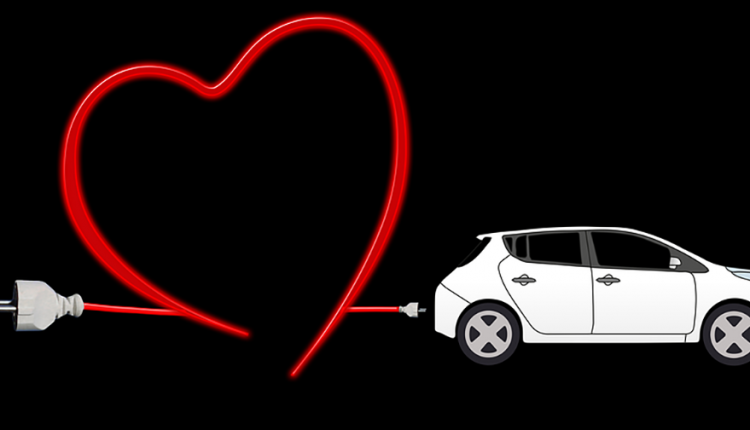Electric vehicle (EV) manufacturer Rivian recently announced a project to use its second-life batteries as energy storage units in a microgrid initiative in Adjuntas, Puerto Rico, which was severely impacted by Hurricane Maria in 2017 and has been struggling with power since then. Rivian will be using 135kWh of battery packs from its development vehicles to support the solar microgrid project which is expected to launch in 2020.
In the event of future power outages, the microgrid will provide electricity to core businesses. At other times, the system will offset day-to-day electricity bills. Using second-life batteries to store solar energy and support the microgrid offers green, flexible and affordable power sources for the local community.
By 2030, second-life battery capacity will hit over 275GWh per year which presents huge opportunities for energy storage, according to IDTechEx’s latest report named Second-life Electric Vehicle Batteries 2020-2030. After 8-10 years of services as powertrain for EVs, used batteries could still retain up to 70 to 80% of the total capacity which could be further utilized in a wide range of energy storage applications.
The key is to match the ‘right’ batteries with the ‘right’ applications. The IDTechEx report ‘Second-life Electric Vehicle Batteries 2020-2030’ analyzes the potential markets for second-life batteries in both stationary and mobile energy storage applications. IDTechEx Research present a timeline as well as a comprehensive analysis of announced battery second use projects and businesses in the industry and provide insights into the key technologies, applications and business models.
It is interesting to see that Rivian is planning a second-life for their batteries even before their first EV is launched. The company has built its battery packs and modules, as well as the battery management system (BMS) in a way that the batteries can be seamlessly transitioned from vehicle energy storage to stationary energy storage. This is crucial in the development of second-life batteries, as the initial battery design will greatly impact the viability and cost of repurposing used EV batteries.
As discussed in the IDTechEx report, the potential value of second-life batteries is impacted by how the batteries are designed and used in their first life in the electric vehicles, how they are collected and used in second-life applications, and the value of recycling. This report presents a value chain analysis from the lifecycle perspective to help stakeholders identify potential value opportunities.
Key technical challenges are identified and companies that are developing technologies to improve second-life battery value are analyzed. This report also presents a cost analysis and the potential pricing mechanisms for second-life batteries. Existing business models of battery second use are analyzed, and how service-based business models could facilitate battery second use is discussed in the report.
To connect with others on this topic, visit the IDTechEx Show! USA 2019, November 20th to 21st, 2019 at the Santa Clara Convention Center, CA, USA.

